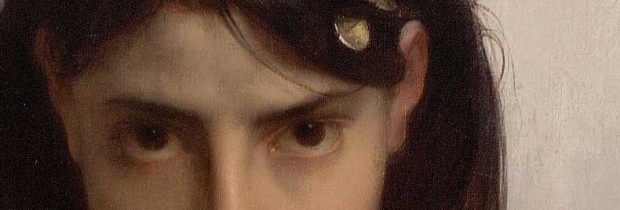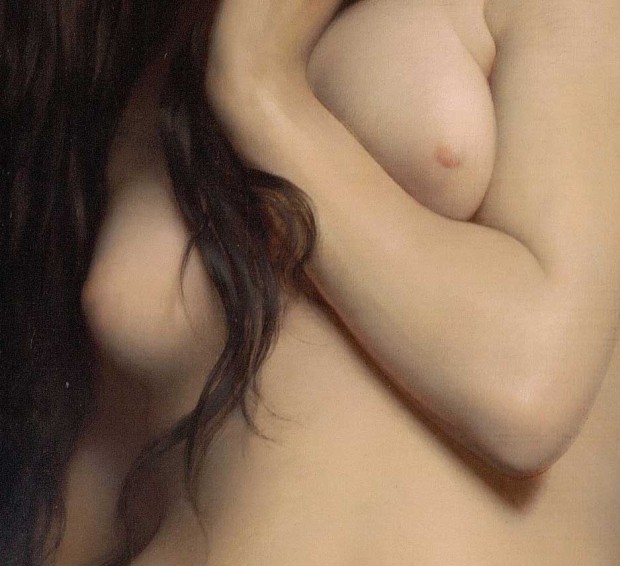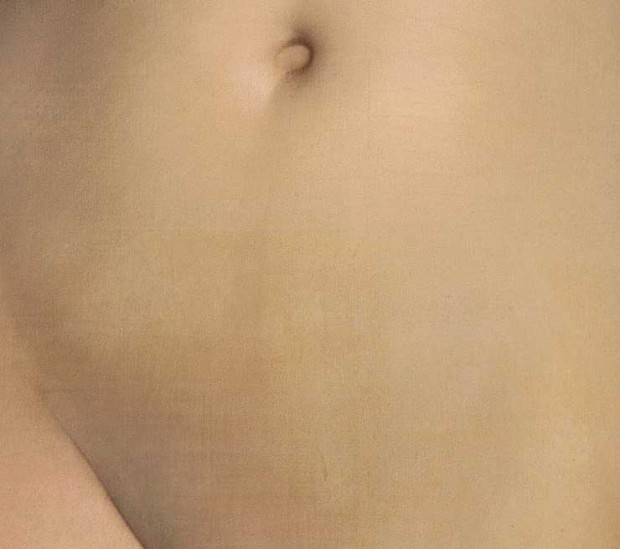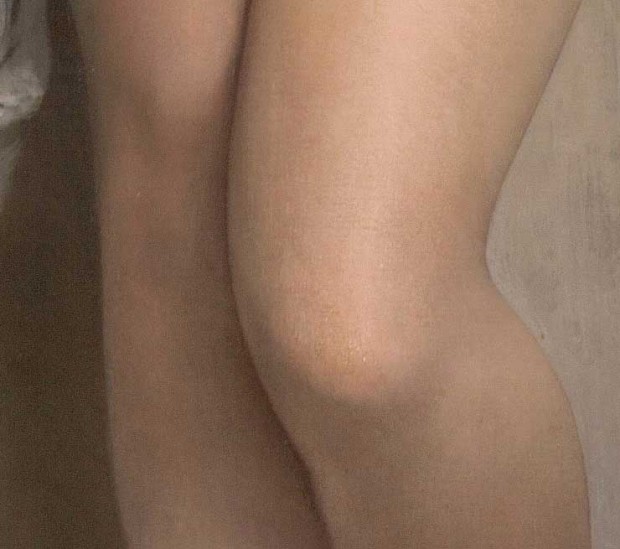An iconographic and text archive related to communication, technology and art.
☛ Google Culture Institute: “La cigale” (“The Grasshopper”) by Jules Joseph Lefebvre, 1972, oil on canvas, w1238 x h1867 cm (Unframed). Rights: National Gallery of Victoria, Melbourne, Felton Bequest, 2005.

The painting is currently on display in the 19th Century European Paintings Gallery of the National Gallery of Victoria, in Melbourne, Australia (Accession Number 2005.237). The painting was acquired in 2005 for more than $500,000 from a private collector in Melbourne (see at the Age: “NGV unveils Chloe’s ‘sister’”, Nov. 10, 2005).


Over at Google Culture, Dr. Ted Gott offers the following description:
La Cigale was first exhibited at the Paris Salon of 1872. One of Jules Lefebvre’s classic female nudes, the painting was presented as an allegorical illustration of a famous fable by Jean de La Fontaine (1621–95), ‘The Ant and the Grasshopper’. In La Fontaine’s tale, the grasshopper spends the summer singing and playing while making fun of the industrious ant, who lays up stores and prepares his house for the winter. When the cold wind of winter blows, the ant is well prepared while the grasshopper, who has made no provision, begs for the ant’s help. The ant refuses, pointing out that as the grasshopper has sung all summer, she must now dance all winter. The painting was accompanied at the Salon by a line from La Fontaine’s Fable: “Quand la bise fut venue” (“When the cold north wind blows”).
Exhibited at the first Salon following the Franco-Prussian War of 1870-71, and the uprising of the Paris Commune in 1871, it is highly likely that Lefebvre’s painting also contains a thinly veiled critique of the short-sighted political vision of the regime of Emperor Napoleon III. In the wake of the disastrous war, France was virtually left out in the cold politically and economically by the rest of Europe.


Reproductions of the painting can also be found at Wikimedia Commons [1] [2] and WikiArt. The site theArtwerx offers a useful comparison of the various painted and printed versions of “La Cigale”, along with a richly referenced description.

Below is a contemporary interpretation of Lefebvre’s painting by Italian artist Marco Battaglini.

- By Philippe Theophanidis
- on
- ― Published in Art, Painting
- Tagged: academic art, academism, fable, Jules Joseph Lefebvre, nude, woman

